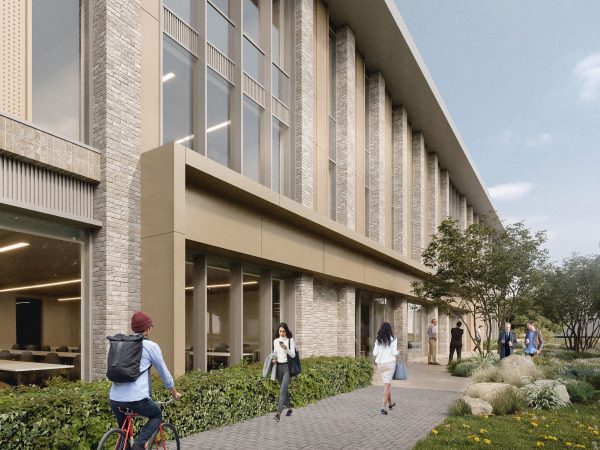Creating SEN Environments – Ensuring Successful Outcomes and maximising Value
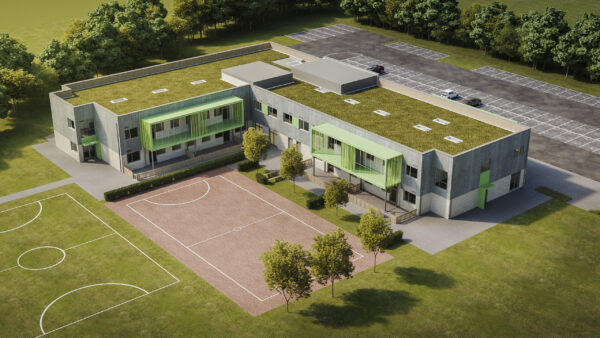
The SEND system in the UK is under real pressure. Demand is rising significantly, with more children requiring Education, Health and Care Plans (EHCPs), while many local authorities are missing statutory deadlines and struggling with overspent budgets. Across the country, there is a significant shortage of effective spaces to accommodate SEN pupils, and those that do exist are often overstretched or underperforming against requirements.
This shortfall is creating real momentum for new provision — but these projects are rarely straightforward. SEND environments bring their own design challenges: they must meet demanding compliance standards, integrate specialist provision, and serve communities with highly varied needs. For those involved in the development and delivery of these spaces, getting the detail right makes a significant difference to both outcomes and programme certainty.
Over the course of our work on SEN projects for the Department for Education (DfE), we’ve seen that successful outcomes depend not only on a strong foundation of knowledge of DfE process and standards, but also on a compassionate understanding of how spaces are used day-to-day. When that balance is struck, these schools become environments where pupils thrive, staff feel supported, and communities benefit.
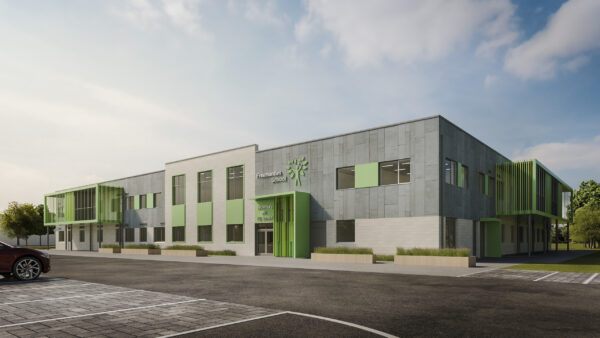
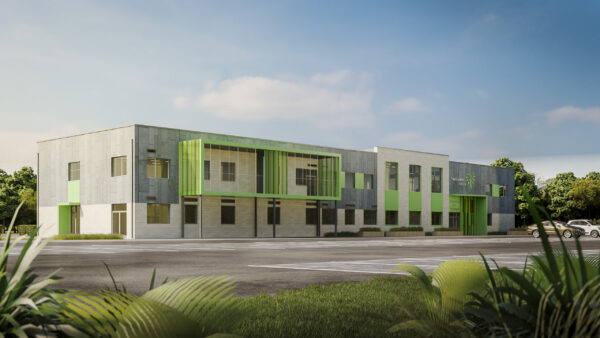
One-Size Does Not Fit All
Designing for SEND settings is one of the most demanding challenges in the education sector because it is always about holding competing needs in tension. Spaces must be robust enough to withstand intensive daily use, yet at the same time feel calm, safe, and conducive to learning. They must allow for clear supervision and safeguarding, while also offering pupils agency and independence. They need to support specialist interventions but equally be flexible enough to accommodate a wide range of activities and teaching styles.
There is no standard template for getting this balance right. Every pupil will have their own unique needs, every staff team will have a different philosophy, and every school will have a different culture and context. An effective approach to SEND design is one rooted in the knowledge of that variety.
From our experience, the best results come when design teams invest time in understanding staff approaches and the day-to-day realities on the ground. With that insight, it becomes possible to develop solutions that adapt with pupils and staff, supporting personalised teaching without compromising safety or functionality.
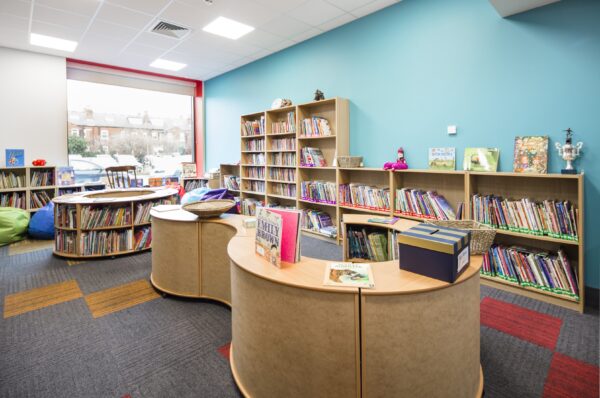
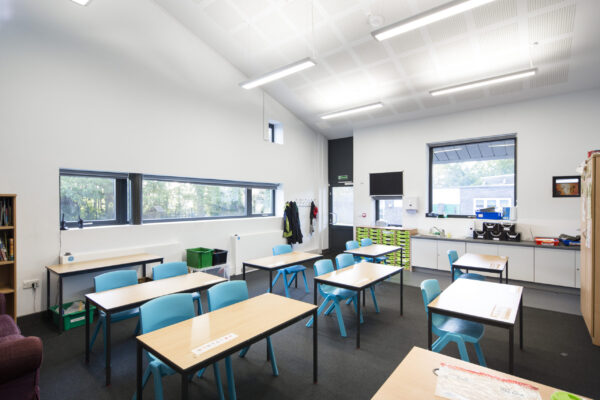
Understanding the Needs Behind Every Brief
Engagement with sponsors and staff as early as possible is essential. Teachers and carers know the rhythms of the school day better than anyone, and their perspective frequently highlights challenges that aren’t visible in a big picture view. Equally important is keeping that dialogue open through and beyond delivery. Listening to how staff settle into a building, and reflecting on the realities they face, has given us a bank of practical insights that has proven to be invaluable with every new project.
This process is also critical to a deeper understanding of the pressure points in SEND design, helping us ensure they can be resolved and addressed before they become challenges on site. By combining this lived insight with expertise working within DfE guidelines, we can give contractors confidence that designs are both sensitive to real needs and robust in delivery. It’s an approach that helps de-risk programmes, avoids costly mid-project bumps, and enables contractors to make informed decisions — all of which are critical to ensuring schemes succeed within the DfE framework.
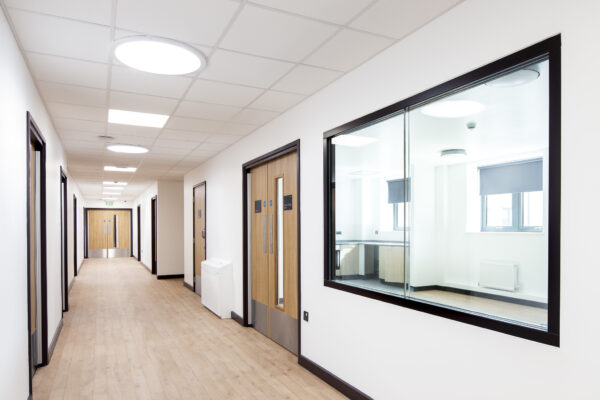
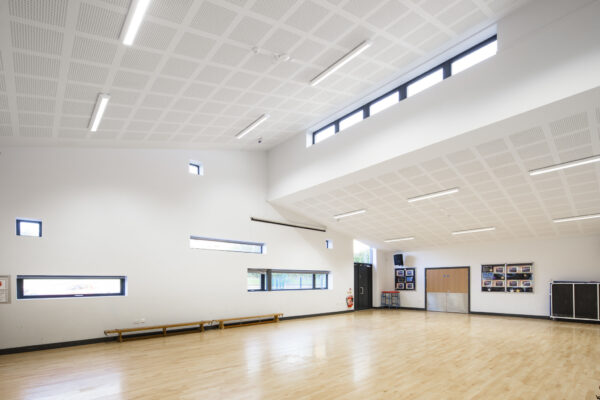
Creating Space for a Personalised Approach
Getting capacity and circulation right is one of the biggest drivers of success in SEND environments, with knock-on effects for behaviour, supervision, and staff workload. Pupils generally require more personal room to feel comfortable, or to maneuver effectively, requiring lower occupancy in classrooms and more generous circulation areas. Designing with these needs in mind also creates environments that not only avoid clashes between students but also gives staff the ability to take a more personalised approach with each pupil.
A thoughtfully designed circulation space can:
- Reduce Sensory Overload: SEN pupils can be susceptible to noise, bright lights, and visual clutter. Corridors with muted colour palettes, soft lighting, and effective acoustic treatments can create a calmer, less stimulating environment.
- Promote Predictability and Safety: A clear, legible layout with simple, logical pathways helps pupils feel secure and know where they’re going. Poorly designed spaces with blind corners or hidden areas can increase anxiety.
- Facilitate Unobtrusive Supervision: Wide corridors and clear sightlines allow staff to monitor pupils effectively without creating a sense of being constantly watched. This is essential for managing group dynamics and identifying early signs of distress, enabling staff to intervene proactively.
In SEMH environments, we have found that access to one-to-one areas and small group rooms is especially important. While creating these smaller spaces can sometimes require trading offs with the number of standard classrooms, calm rooms, soft rooms, and sensory spaces provide essential opportunities for withdrawal, decompression, or kinesthetic learning. In practice we have seen this trade off have a significant impact on operational success and pupil wellbeing.

Enhancing Safety and Promoting Agency
Striking the balance between safety and independence is at the heart of the SEN design challenge. This balance can be achieved through careful planning of layout, zoning, and supervision strategies:
- Intuitive layouts with simple navigation, no dead ends, and strong sightlines enable passive supervision in common areas.
- Zoning and separation strategies, such as buffering primary and secondary cohorts, help safeguard vulnerable pupils.
- Flexible classrooms and breakout spaces allow for independent activity while enabling staff to remain central and responsive.
- Outdoor environments are designed as extensions of learning space — restorative, tactile, and easy to supervise.
- Entrance and reception areas must be secure, with simple and effective entrance sequences for families, staff, and visiting groups that protect privacy and minimise disruption.
Beyond the building layout, landscaping has a powerful role to play in these strategies. Connection to landscape and outdoor spaces is a key driver in SEND school design, shaping everything from building layout to drop-off and pick-up strategies, entrances, critical buffer zones, and outdoor learning classrooms. Having our in-house landscaping team engage early with these schemes has been invaluable to the success of many of our projects, ensuring this can be embedded as a driver and enabler, rather than addressed in the final stages as a decorative tool.
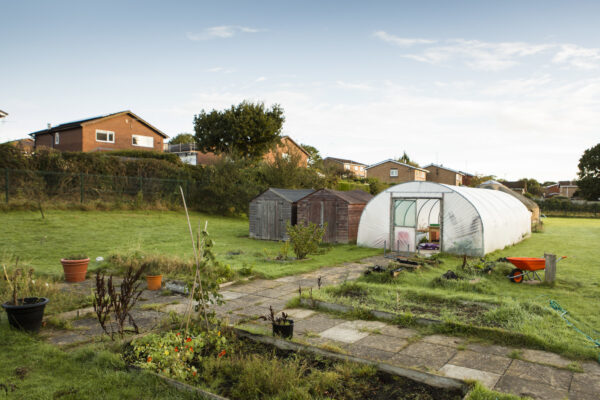
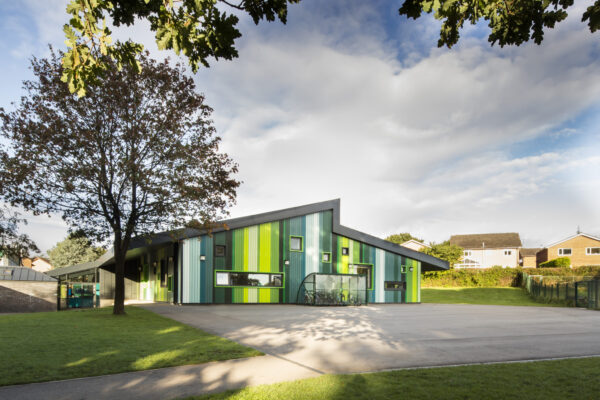
Case Study – Langham Oaks
The design and delivery of Langham Oaks SEMH School — a residential and day school for boys aged 10–16 — challenged conventional SEN approaches within DfE standards. The school’s ethos of “no boundaries” required an environment with free access and egress, while maintaining safety and supervision.
Our solution, developed closely with the Head Teacher and DfE, created a single-storey school arranged around a courtyard, eliminating corridors altogether. This central courtyard now serves not only as circulation, but also as a safe breakout and gathering space, while ensuring high levels of passive supervision. Classrooms open directly to the landscape, connecting pupils with the woodland beyond. Living accommodation is then placed above the teaching spaces, minimising the school’s footprint and creating a strong sense of community.
In practice, this arrangement has allowed the ethos of openness to be delivered in a way that remains safe and manageable for staff. The result is a school that meets complex functional needs while creating a high-quality, open, and welcoming environment.
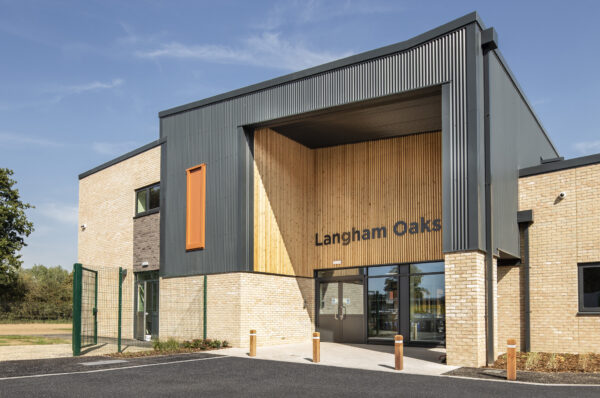
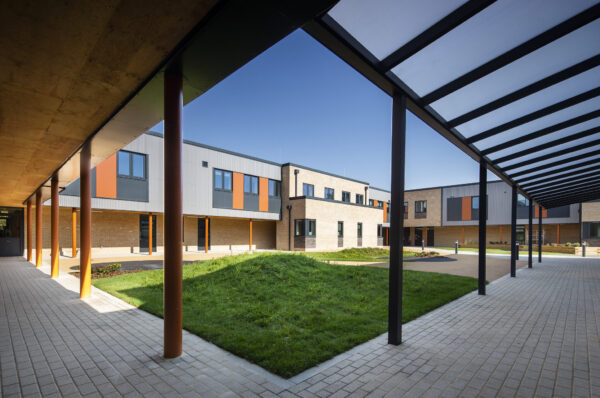
Specialised Spaces Big and Small
The rising demand for SEND provision cannot be met through new schools alone. Increasingly, it is going to involve adapting existing buildings or extending mainstream schools, where the brief may not explicitly allocate space for specialist provision. On one of our current projects, the school noted that their SEND population has reached 20% of pupils, but because the school is not designated as a SEND school, no dedicated spaces are included in the SOA. In these cases, careful space planning and operational insight become essential to address needs that aren’t formally recognised in the baseline brief.
Whether it is integrating purpose-built special learning rooms or creating subtle withdrawal areas, specialist provision can be delivered at every scale. The key is ensuring that spaces are designed and placed to be genuinely functional and supportive, rather than treated as optional add-ons. By bringing experience from specialist schools into mainstream contexts, we can help schools anticipate future demand and provide environments where all pupils are able to thrive.
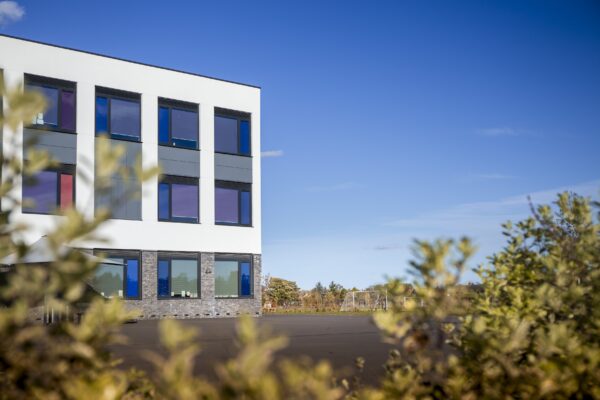
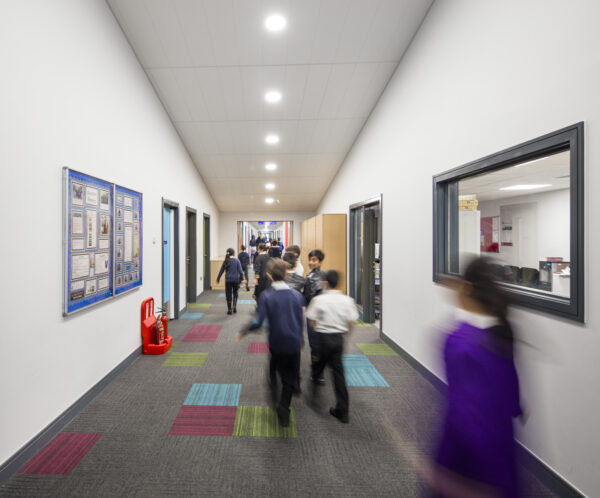
Designing for Future Needs
SEND provision is constantly evolving — whether through new therapeutic practices, changing pupil demographics, or advances in equipment. To remain effective, schools need to be designed with long-term flexibility in mind.
Classrooms, for example, benefit from adaptable layouts that can be reconfigured as teaching methods shift or as different cohorts of pupils come through the school. Building services should be distributed in a way that allows specialist equipment to be added or upgraded without causing major disruption to the wider environment. Material choices are equally important: durable finishes that stand up to intensive daily use, but avoid an institutional feel, create spaces that are both welcoming and resilient.
By considering these factors early in the design, we can help schools stay fit for purpose long after handover, while also reducing the likelihood of costly alterations in the future.
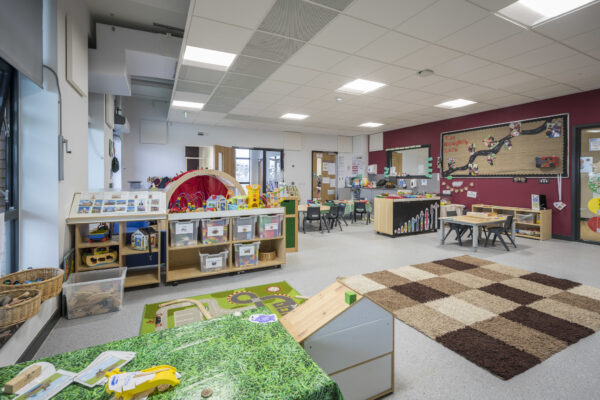
Delivering With Certainty
Contractors on CF25 will face familiar challenges from CF21: tight budgets, compressed programmes, and exacting specifications. In our experience, the following approaches have proved effective:
- Responding from a thorough understanding of the full range complexities and specific needs of each category – ASD, SEMH, SLD etc
- Exploring the possibilities of extending the use of specialist provision to the wider community eg Hydrotherapy pools, sensory gardens etc.
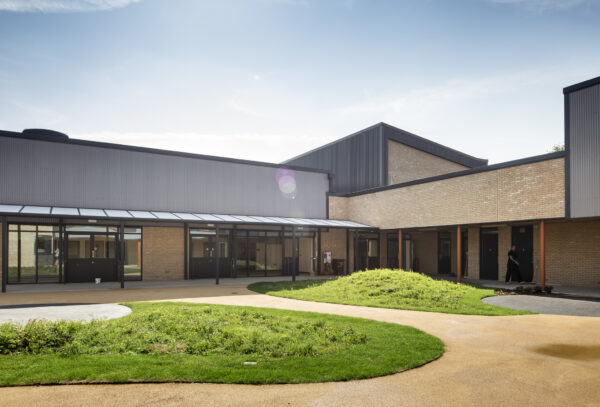
Moving Forward
SEN schools have the power to transform lives — for pupils, families, and communities alike. The technical demands are high, but so is the potential impact.
What we’ve seen is that when careful attention is given to layout, safety, and the capacity for personalisation, these environments become places where pupils can thrive and staff feel genuinely supported. As demand for SEND provision continues to grow, the role of thoughtful, adaptable design will only become more critical.
For those of us working within the DfE frameworks, the challenge — and the opportunity — lies in creating schools that are not only compliant and deliverable, but also responsive to the everyday realities of the people who use them.
